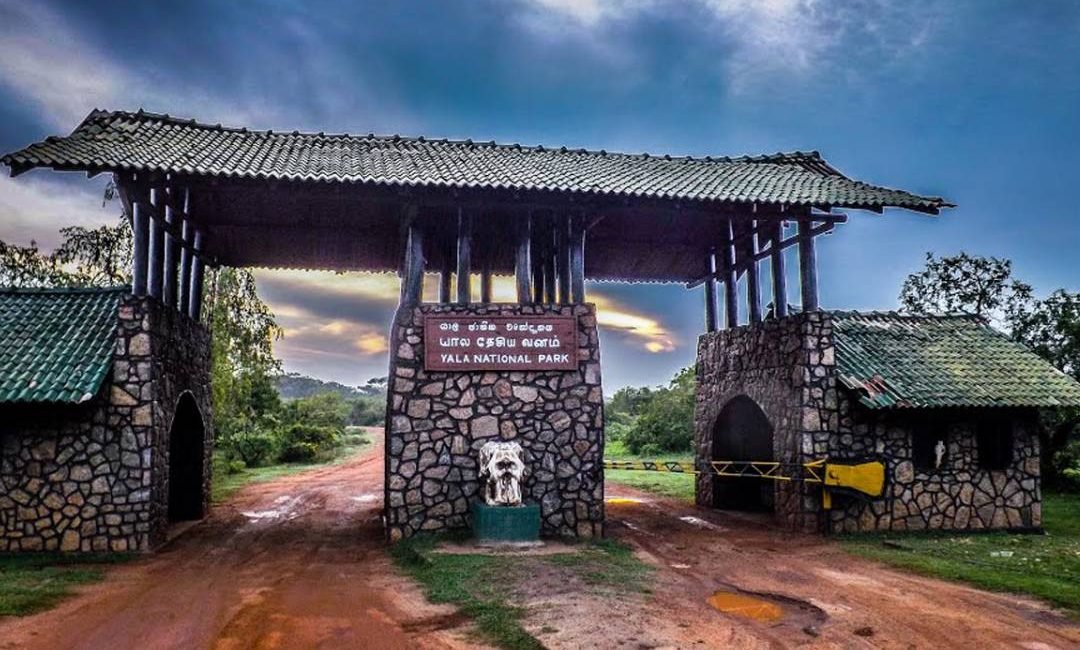
Leopard Excursion | Yala National Park
Yala National Park, the second largest and most visited national safari park in Sri Lanka, is renowned for its diverse wildlife and stunning landscapes. Nestled in the southeast of the island, Yala spans both the Southern and Uva provinces, hugging the panoramic Indian Ocean. Covering nearly 130,000 hectares of land, the park is divided into five blocks, with two currently open to the public. This combination of a strict nature reserve and a national park offers visitors a unique opportunity to experience Sri Lanka’s rich biodiversity in a protected setting.
Wildlife Diversity
Yala National Park is a haven for wildlife enthusiasts and nature lovers. The park is home to a variety of fauna, including some of the island’s most iconic species. The highlight of any visit to Yala is the opportunity to spot the elusive Sri Lankan leopard (Panthera pardus kotiya), one of the largest leopard populations in the world. The park’s diverse habitats, ranging from dense forests to open grasslands, provide the perfect environment for these magnificent predators. Yala’s leopards are known for their relative visibility compared to leopards in other parts of the world, making it one of the best places to observe them in the wild.
In addition to leopards, Yala is home to a significant population of Sri Lankan elephants (Elephas maximus maximus). These gentle giants can often be seen grazing in the park’s open areas or taking a leisurely stroll through the forest. The park also supports a variety of other mammals, including sloth bears, spotted deer, sambar deer, wild boar, and water buffalo.
Birdwatchers will find Yala a paradise, with over 200 bird species recorded in the park. The rich avian diversity includes both resident and migratory species. Notable birds include the Sri Lanka junglefowl (Gallus lafayettii), the national bird of Sri Lanka, and a variety of raptors such as the crested serpent eagle and the white-bellied sea eagle. The park’s wetlands attract numerous waterbirds, including painted storks, egrets, and herons.
Flora and Habitats
The park’s diverse habitats are a result of its varied topography and climatic conditions. Yala’s landscape is a mosaic of dry monsoon forests, thorn forests, grasslands, and wetlands. These different ecosystems support the park’s rich biodiversity and offer visitors a chance to experience a range of natural environments within a single location.
The dry monsoon forests, characterized by tall trees and dense undergrowth, provide shade and shelter for many of the park’s mammals and birds. Thorn forests, with their hardy, drought-resistant plants, dominate the drier areas of the park. Grasslands, often referred to as “villus,” are open areas where herbivores such as deer and elephants can be seen grazing.
Yala’s wetlands are among the most important habitats in the park. These areas, which include lagoons, tanks, and waterholes, are crucial for the survival of many animal species, especially during the dry season. The wetlands also attract a variety of bird species, making them a prime spot for birdwatching.
Leopard Excursions
A safari in Yala National Park is an unforgettable experience, and a leopard excursion is a must for anyone visiting the park. Guided jeep safaris offer the best chance to spot these elusive cats. Early morning and late afternoon are the best times for leopard sightings, as these are the cooler parts of the day when leopards are most active.
Jeep safaris are led by experienced guides who know the park’s terrain and the habits of its wildlife. They use their expertise to track leopards and other animals, enhancing the chances of a successful sighting. While leopards are the star attraction, a safari in Yala offers the opportunity to see a wide range of other wildlife and to experience the park’s stunning landscapes.
Conservation and Challenges
Yala National Park plays a critical role in the conservation of Sri Lanka’s wildlife. The park’s protected status helps safeguard its diverse ecosystems and the species that inhabit them. However, Yala faces several challenges that threaten its ecological integrity.
Human-wildlife conflict is a significant issue, particularly in areas where the park borders agricultural land. Elephants, in particular, can cause substantial damage to crops, leading to conflicts with local farmers. Efforts are being made to mitigate these conflicts through the use of electric fences and other measures.
Tourism, while essential for raising awareness and funding conservation efforts, also poses challenges. The high number of visitors can lead to congestion and stress for the animals, especially the leopards. It is crucial to manage tourism sustainably, ensuring that it does not negatively impact the park’s wildlife and habitats.
Visitor Experience
A visit to Yala National Park is a journey into the heart of Sri Lanka’s wilderness. The park’s remote location and natural beauty make it a perfect destination for those seeking an immersive wildlife experience. There are several entry points to the park, with the most popular being the main entrance at Palatupana.
Accommodation options near Yala range from luxury lodges to budget-friendly guesthouses, catering to all types of travelers. Many lodges offer safari packages that include guided jeep tours, making it easy for visitors to plan their excursions.
In addition to jeep safaris, visitors can explore the park’s natural beauty through walking trails and birdwatching tours. These activities provide a different perspective on the park’s ecosystems and allow for a closer connection with nature.
Conclusion
Yala National Park is a treasure trove of natural wonders and a vital refuge for some of Sri Lanka’s most iconic wildlife. Its unique blend of habitats, rich biodiversity, and stunning landscapes make it a must-visit destination for nature enthusiasts and wildlife lovers. A leopard excursion in Yala offers a thrilling opportunity to observe these majestic predators in their natural habitat, along with the chance to encounter a wide variety of other wildlife.
As with any protected area, the future of Yala depends on responsible conservation practices and sustainable tourism. By visiting Yala and supporting its conservation efforts, travelers can contribute to the preservation of this remarkable natural heritage for generations to come. Whether you’re drawn by the allure of spotting a leopard or the beauty of Sri Lanka’s wild landscapes, Yala National Park promises an unforgettable adventure.
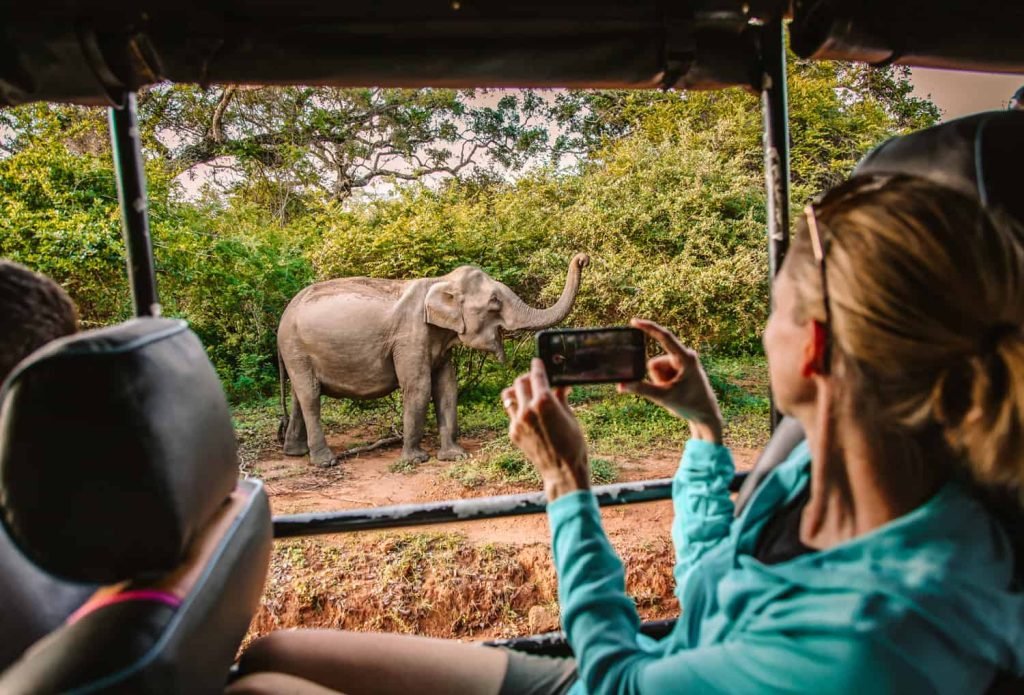

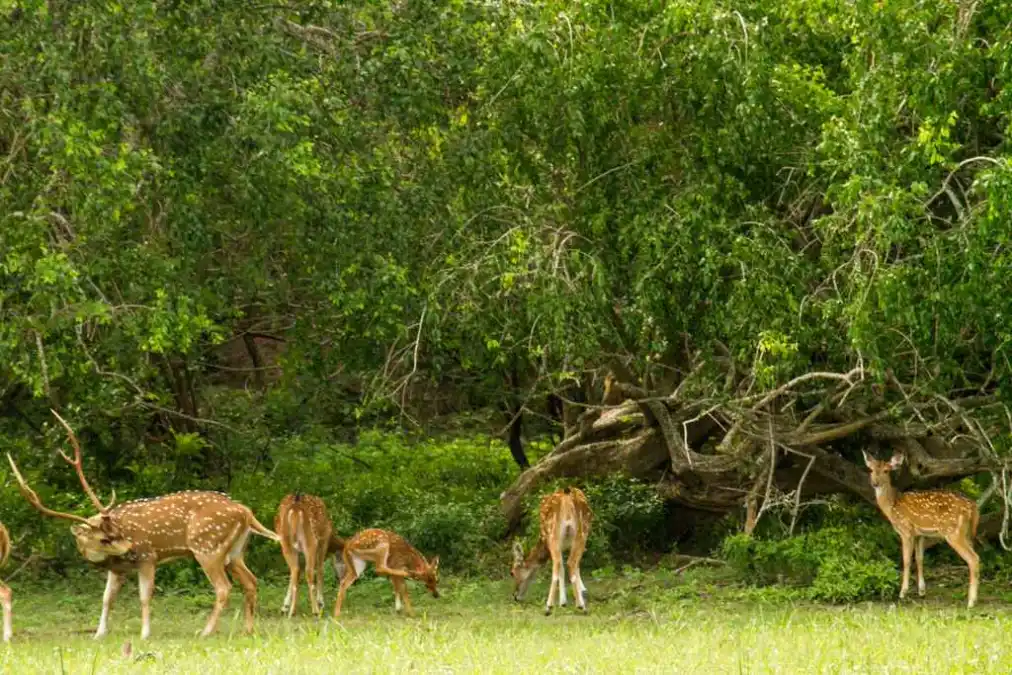
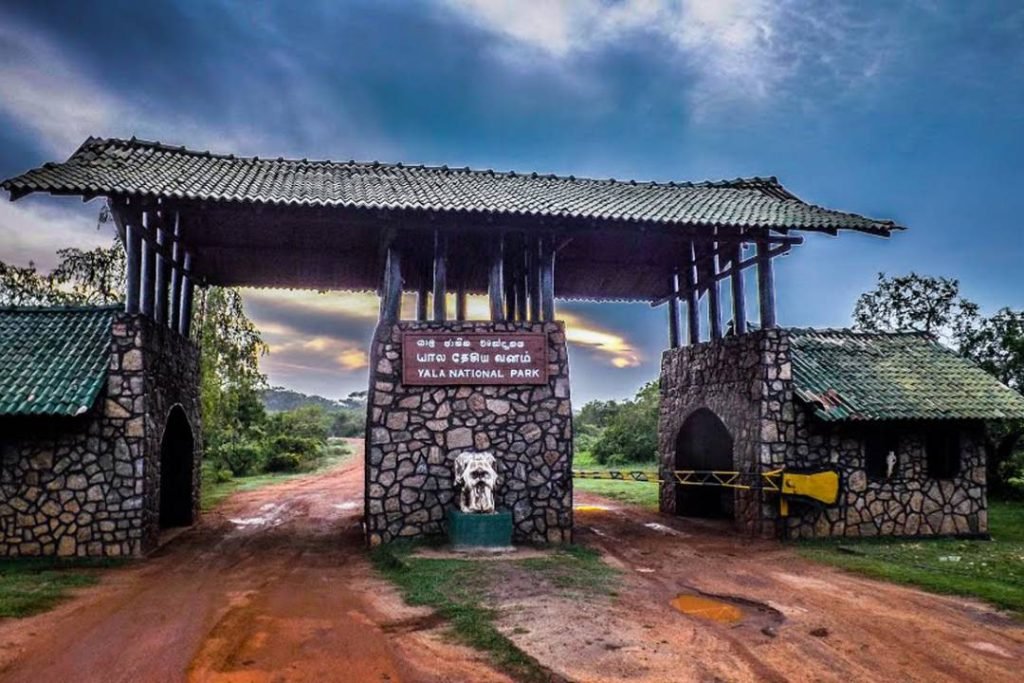
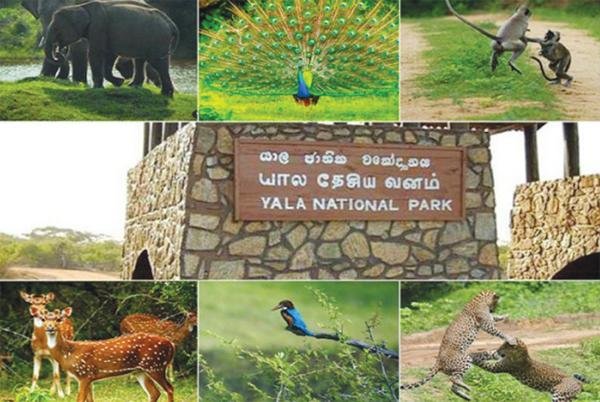
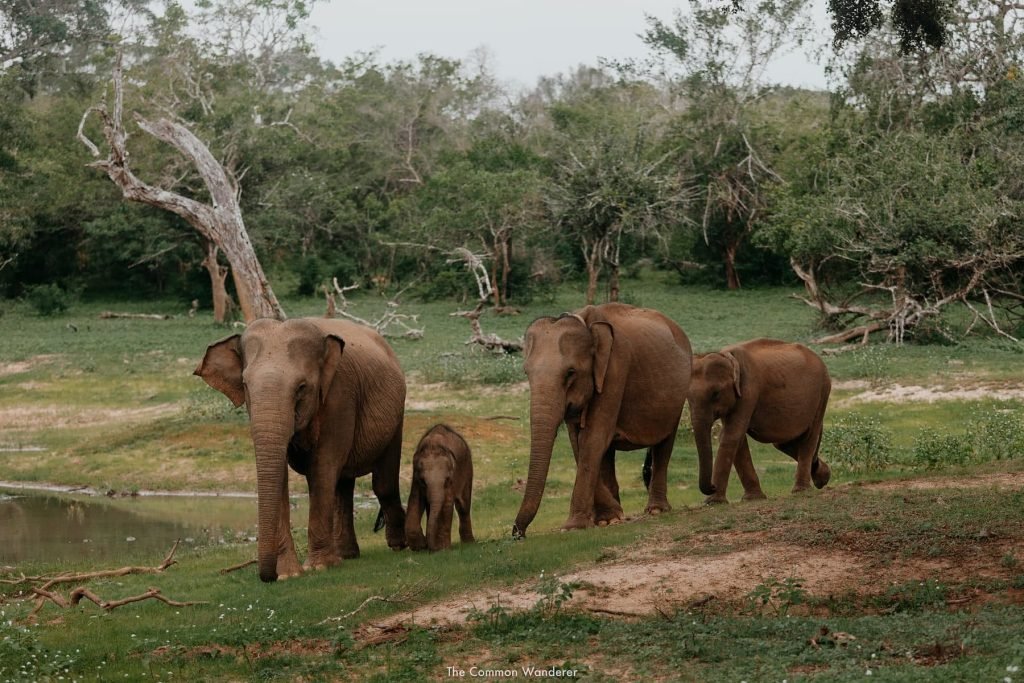


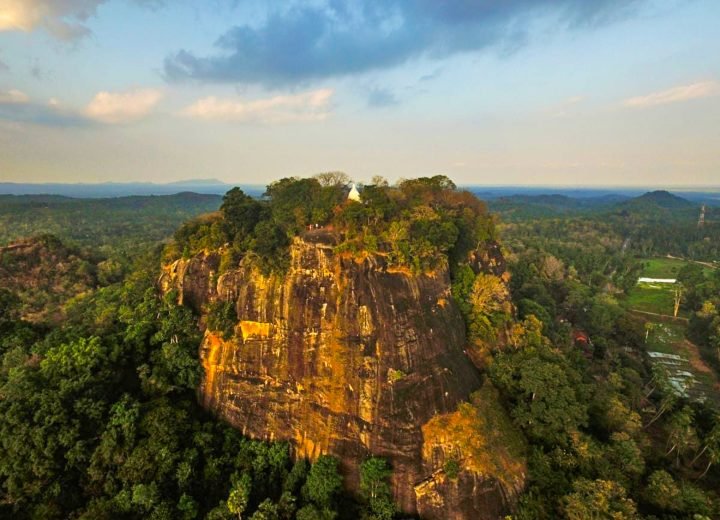
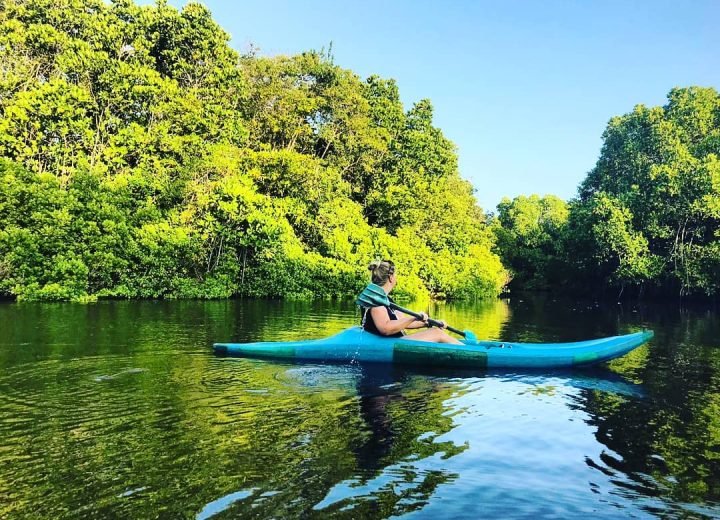
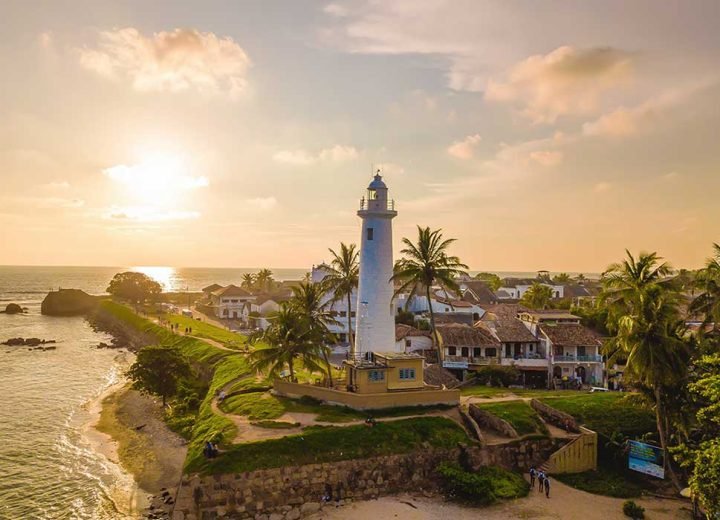
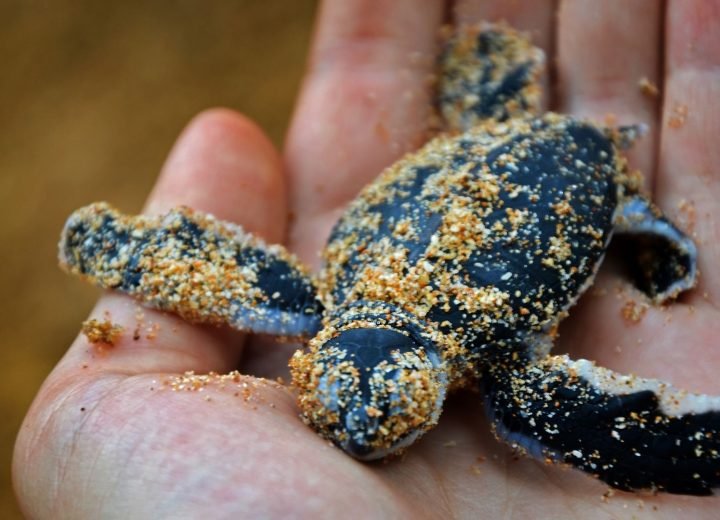
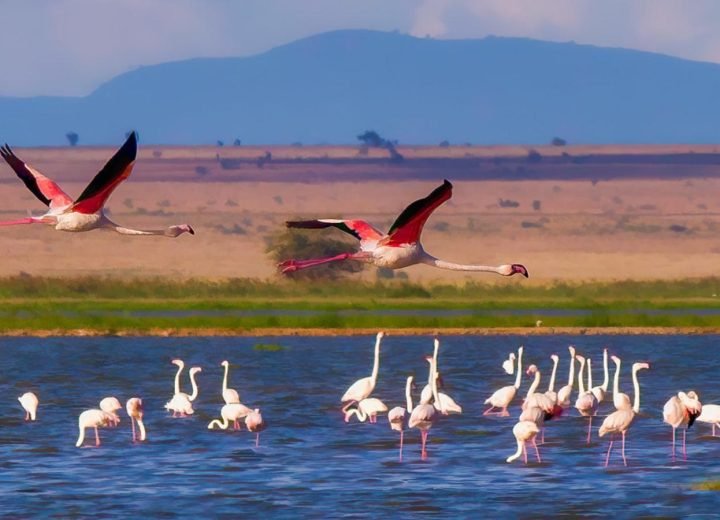
0 Comments